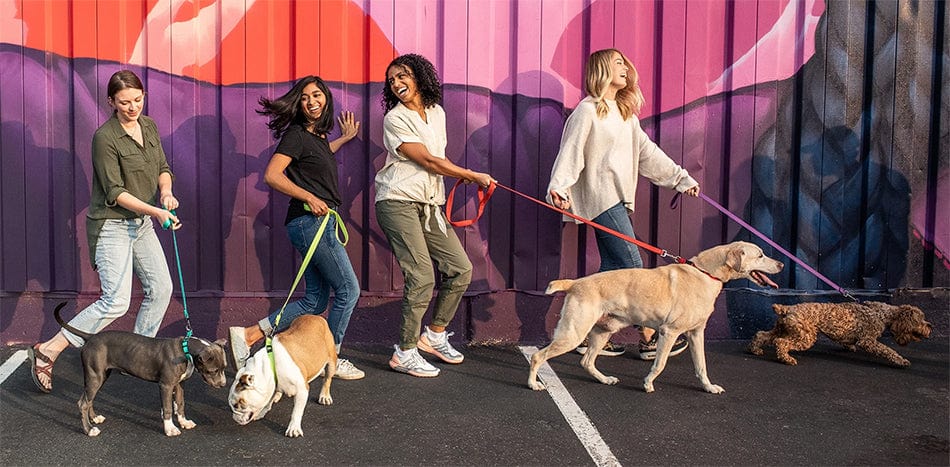Your cart is empty. Let's fix that!


Finding a lump, bump, or wart on your dog can feel really scary and unnerving! It may be hard to know when you should see a veterinarian and when you should ignore it. The truth is, not all tumors are created equal. Some tumors are cancerous, while others are benign (non-cancerous). Diagnosing cancerous tumors earlier can lead to better outcomes and more treatment options. In this article, I am going to give you an action plan and if you find a tumor on your dog. I will also provide several red flags to watch for, and common myths about cancer in dogs.
If you find a tumor of any shape or size on your dog follow the steps below:
Take a picture. If the lump is underneath your dog’s skin, take a picture of you pointing to the lump on your dog. Send this picture to your veterinarian and keep it with the date for your records.
Measure the tumor. If the tumor is under the skin, you can use calipers to get a more accurate measurement. You can also estimate the size by comparing it to fruit and vegetable sizes. For example, comparing the size to a pea, blueberry or grape can help monitor the size. I use this form of measurement frequently in my medical notes. Measure the tumor regularly to watch for changes in shape, size, and consistency..
Make an appointment. If the tumor is new, has grown quickly, or you are concerned for any reason, make an appointment with your veterinarian. If they offer to do a fine needle aspirate, I highly recommend accepting! This is a non-invasive procedure that removes cells from the tumor to be examined under the microscope.
Now that you have a plan, here are some red flags or specific situations that warrant immediate intervention.
Red Flags
Chemotherapy will make my dog sick. This often isn’t the case. Most dogs don’t have the same adverse reactions to chemotherapy like people do. Their hair doesn’t fall out and they usually feel quite well.
Older dogs are at higher risk for anesthetic complications. This simply isn’t true, and should never be the reason for not removing a cancerous tumor.
Fine needle aspiration spreads cancer cells. Many dog parents read this online and decline this helpful diagnostic tool. Unfortunately, this prevents cancer from being detected and removed early. This is the first line in diagnosing and treating cancer.
Every year, great advances are made in treating cancer in dogs. You are your dog’s greatest medical advocate. If you see a lump or bump on your dog, I urge you to take action. It could save your pup’s life!
Sending love,
Dr. Angie